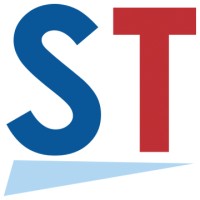
SerialTek
Founded in 2007, SerialTek is a provider of innovative protocol test and analysis tools for the data storage industry. Leading storage manufacturers depend on our products to improve product quality and drive time-to-market requirements. The company was founded with the goal of making storage-related test and measurement solutions more powerful, yet easier to use. SerialTek’s engineers include the original inventors of many of the popular features found in protocol analyzers, including hardware indexing during capture, buffer segmentation with auto-re-arm, ultra-fast histograms and multiple trigger sequencers. Our solutions support a variety of standards, including PCI Express (PCIe), Non-Volatile Memory Express (NVMe), Serial Attached SCSI (SAS), and Serial ATA (SATA).






